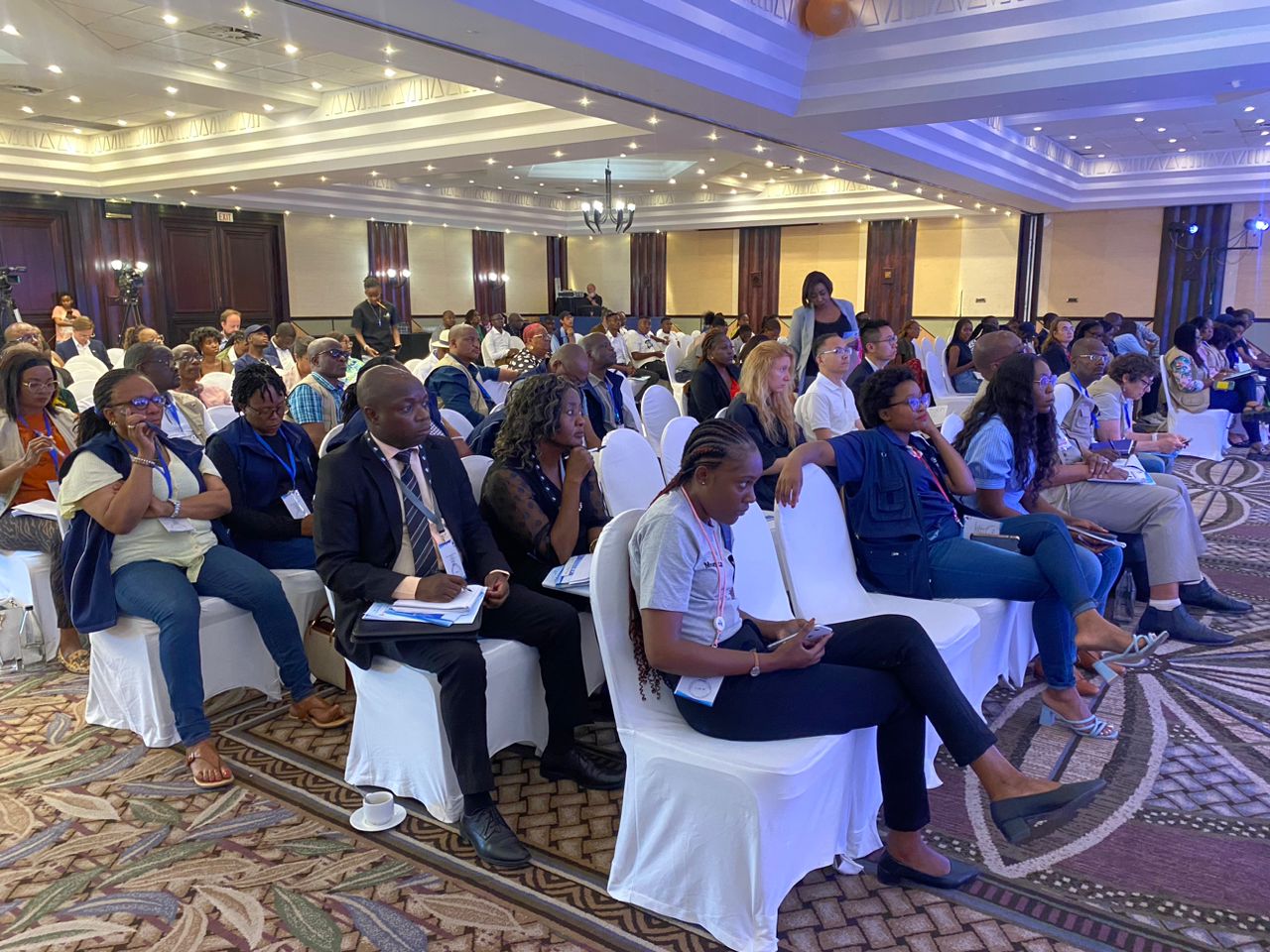Walking as a mode of transportation is the most basic and accessible form of movement, which relies solely on human effort.
Unlike motorised transportation such as cars, buses, and motorcycles, walking does not require fuel, extensive infrastructure, or significant financial investment.
It stands apart from cycling, which requires a bicycle and often dedicated bike lanes, and public transportation, which depends on scheduled services and routes.
Walking is the original mode of transportation inherent to human nature, and it remains a vital component of urban mobility.
EFFECTIVE LAND MANAGEMENT
Land administration and management defines the processes of governing land resources, including the planning, development, and regulation of land use.
Walking-friendly environments are indicative of effective land management because they prioritise human scale, accessibility, and sustainability.
Urban areas designed with pedestrians in mind often feature mixed-use developments, green spaces, and efficient public transit systems, which reduce the need for extensive road networks and parking facilities.
Effective land use planning and management ensures that urban spaces are compact, a reduction in urban sprawl and preservation of natural landscapes.
Walkable cities promote higher land value and foster vibrant communities by encouraging local businesses and reducing dependence on motorised transportation systems.
These cities are designed to accommodate pedestrians with wide sidewalks, safe crossings, and amenities within walking distance, thereby enhancing the overall quality of life.
POTENTIAL BENEFITS
Walking is more than just a means of getting from one place to another; it is a lifestyle choice with numerous advantages that can greatly benefit individuals and communities. Some of the benefits include:
• Health: Walking is an accessible and effective form of exercise.
It promotes cardiovascular health, aids in weight management, and supports mental wellbeing.
Studies have shown that regular walking can significantly reduce the risk of chronic diseases like diabetes, hypertension, and depression, making it a cornerstone of a healthy lifestyle.
• Environmental Impact: As an emission-free mode of transportation, walking is the most environmentally friendly option.
It contributes to cleaner air by reducing air pollution and lowering greenhouse gas emissions.
In the context of Namibia, where the effects of climate change are increasingly felt, walking plays a crucial role in minimising the carbon footprint associated with motorised transport.
• Economic Savings: Walking is not only good for health and the environment but offers significant economic benefits.
For individuals, it eliminates the costs associated with fuel, vehicle maintenance, insurance, and parking.
On a broader scale, walking reduces the demand for expensive infrastructure, such as roads and parking lots, leading to savings for municipalities.
• Community Engagement: Walking encourages people to engage with their surroundings and their neighbours.
This fosters a sense of community, as people are more likely to interact when they are on foot.
Walkable neighbourhoods in Namibia can become more vibrant and connected, with local businesses benefiting from increased foot traffic.
• Reduced Traffic Congestion: As more people opt to walk, the number of vehicles on the road decreases.
This leads to lower road maintenance costs and a decreased risk of traffic accidents, making cities safer and more pleasant for all residents.
POTENTIAL RISKS
It is essential to acknowledge the risks, especially within the context of Namibia.
• Safety Concerns: Pedestrians are vulnerable to accidents, particularly in areas where infrastructure is lacking.
Many of our cities are not designed with pedestrians in mind, leading to safety issues such as inadequate sidewalks, poorly lit streets, and high crime rates.
These factors can deter people from walking, and raise important questions about how pedestrian-friendly our cities truly are.
• Weather: Namibia’s climate, characterised by extreme heat and cold, and occasional heavy rains, can make walking uncomfortable or even dangerous.
This limits the feasibility of walking as a year-round transportation option, especially in regions where shade and shelter are not adequately provided.
CONCLUSION
Despite these challenges, the advantages of walking as a mode of transportation far outweigh the potential risks, particularly when it comes to short distances in safe and well-planned environments.
Walking is often the quickest and most efficient way to travel short distances, eliminating the need to wait for public transport or find parking.
It seamlessly integrates physical activity into daily routines and offers health benefits that extend life expectancy while reducing healthcare costs.
Walking also represents a crucial step towards sustainable living, especially as Namibia contends with the realities of climate change.
Individuals contribute to a cleaner, quieter environment by choosing to walk, while economically, fewer cars on the road mean less wear and tear on infrastructure and lower public expenditure on road maintenance.
Socially, walking promotes a stronger sense of community, creating safer, more vibrant neighbourhoods.
To fully harness the benefits of walking, urban planners and policymakers in Namibia must prioritise pedestrian-friendly designs.
Investments in safe, accessible sidewalks, pedestrian crossings, street lighting, and green spaces are essential.
Urban planning should focus on creating mixed-use developments where essential services are within walking distance, making walking an attractive and a viable option for all.
– Oluibukun Gbenga Ajayi is a senior lecturer in Geoinformation Technology at the department of land and spatial sciences, Namibia University of Science and Technology; email: oajayi@nust.na. The views expressed in this article are entirely his own.
Stay informed with The Namibian – your source for credible journalism. Get in-depth reporting and opinions for
only N$85 a month. Invest in journalism, invest in democracy –
Subscribe Now!






